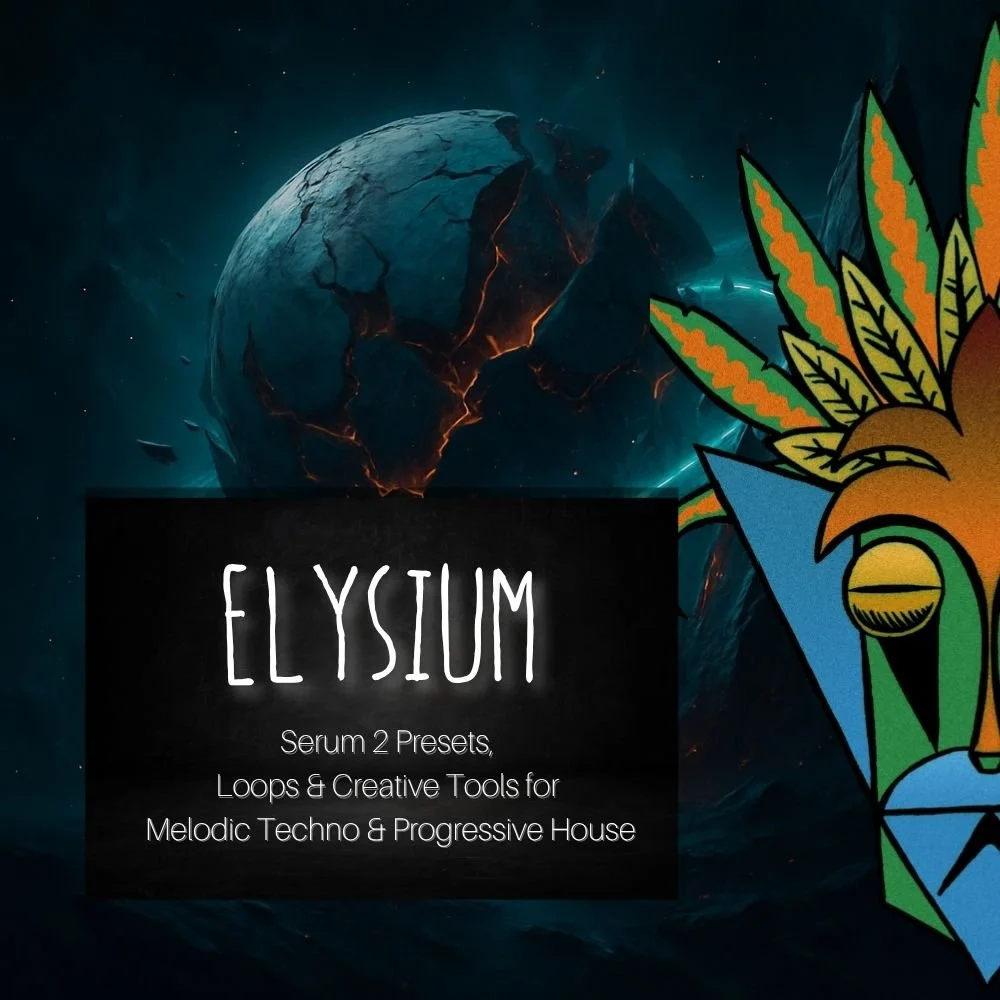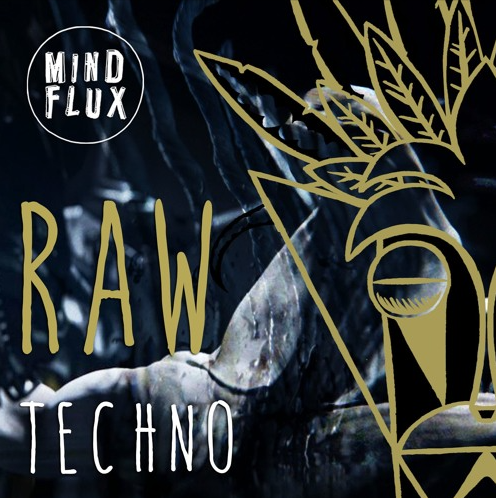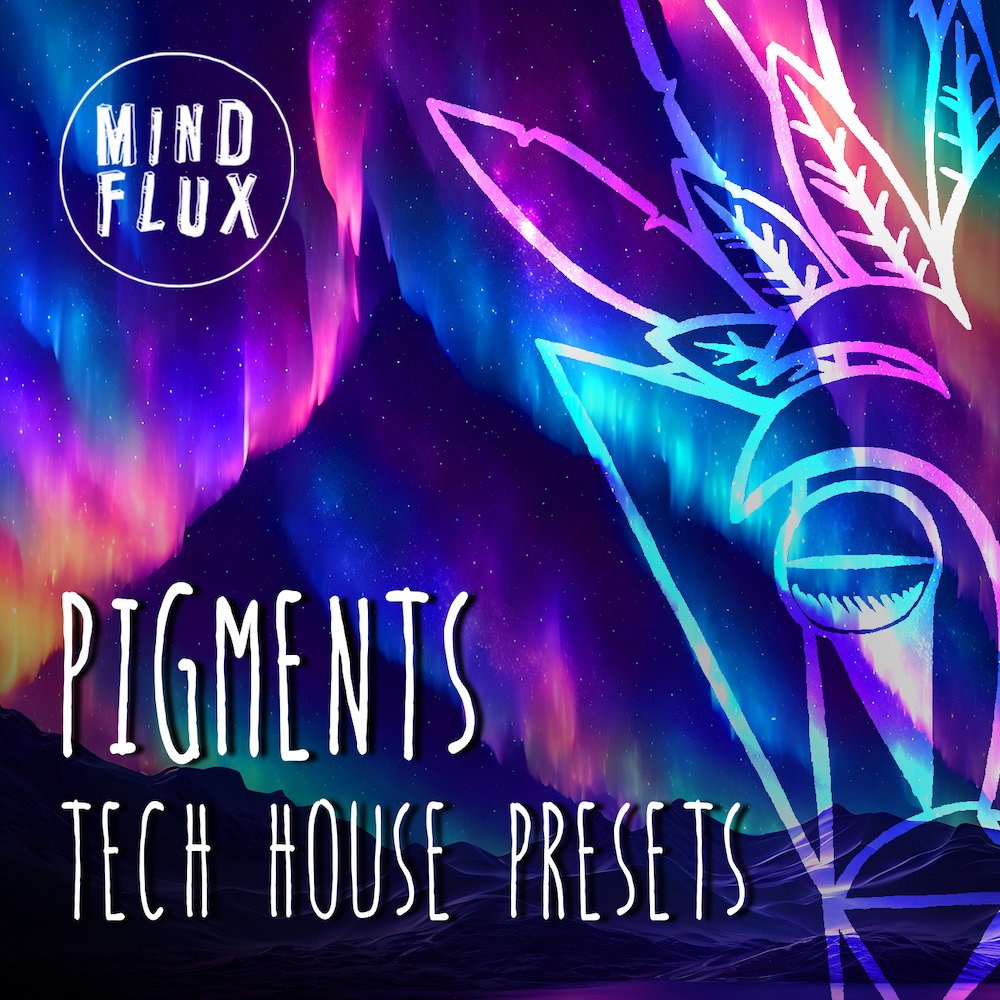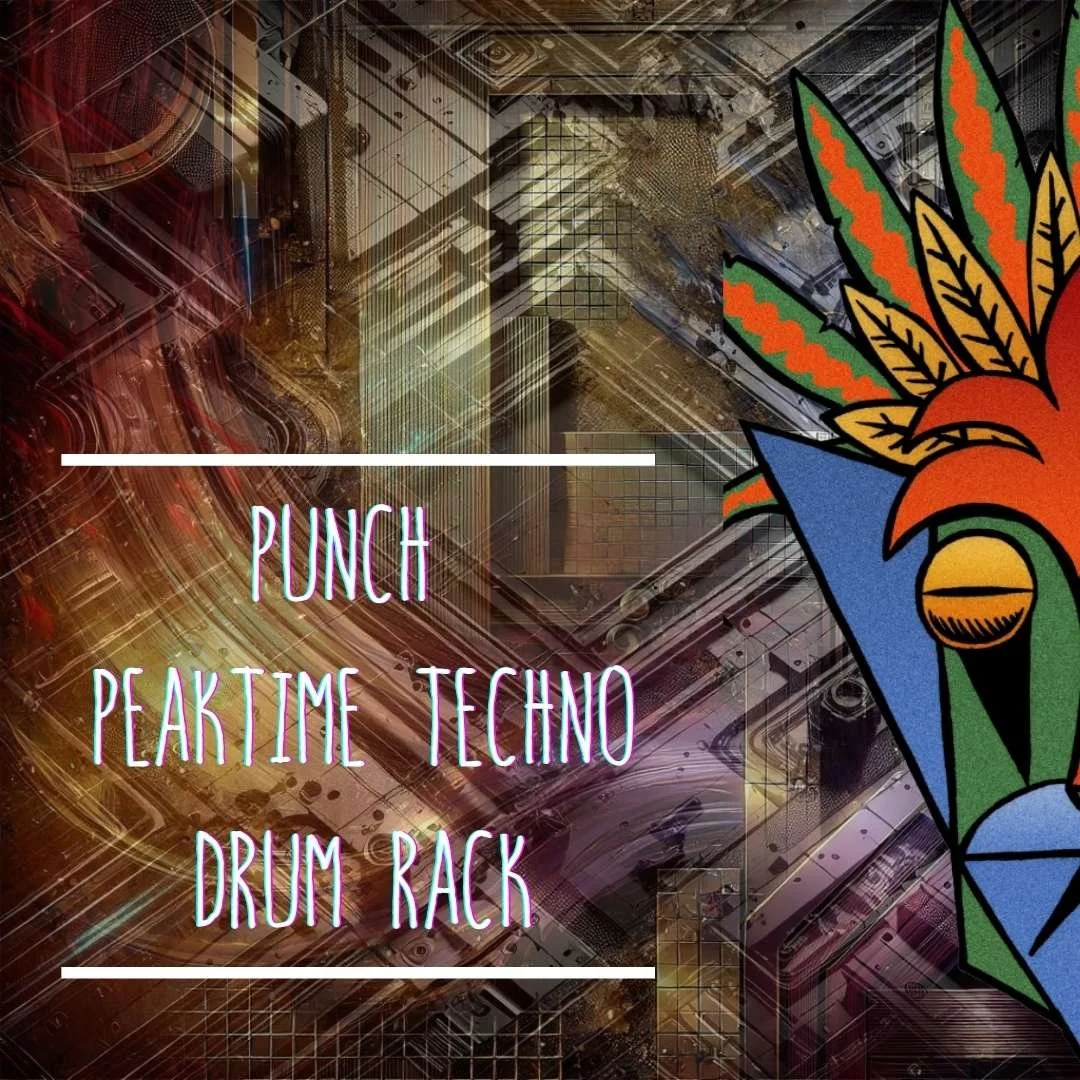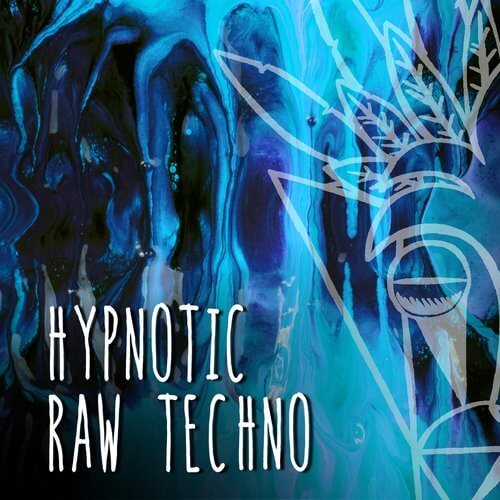The Iconic 'Orchestra Hit': A Journey from Stravinsky to Hip-Hop and Techno
The 'Orchestra Hit' is a sound that has transcended genres and decades, making its mark from classical compositions to hip-hop tracks and techno bangers. This powerful, striking sound has become a staple in music production, used for its dramatic impact and distinctive character. This article will trace the fascinating journey of the orchestra hit, from its origins in a Stravinsky piece to its digitization and widespread use in modern music production.
The Birth of the Orchestra Hit: Stravinsky's Innovation
The orchestra hit, also known as the orchestral stab, has its roots in a 1910 composition by Igor Stravinsky titled "The Firebird." In this piece, Stravinsky composed a chord that was played tutti, meaning all instruments played at once, creating a powerful, striking sound. This was arguably the first instance of what we now know as the orchestra hit. Stravinsky's innovative use of the orchestra to create this impactful sound was a testament to his forward-thinking approach to composition and orchestration.
The Fairlight CMI: Digitization and the Dawn of a New Era
The orchestra hit took on a new life with the advent of digital synthesizers and samplers. The Fairlight CMI, one of the first digital sampling synthesizers, included a sample called ORCH5 which was a recording of the orchestra hit from Stravinsky's "Firebird." This marked a significant moment in music technology, as it was one of the first instances of a real-world sound being digitized and made available for use in a musical context. The ORCH5 sample was widely used in the 80s and 90s in various genres of music, marking the beginning of the orchestra hit's journey into popular music.
The Orchestra Hit in Popular Music: A Sonic Signature
The orchestra hit became a staple in many genres of popular music. In hip-hop, it was used to add a dramatic flair to tracks, providing a powerful sonic signature that added intensity and impact. Notable examples include Afrika Bambaataa's "Planet Rock" and Bruno Mars' "Finesse," where the orchestra hit is used to punctuate the rhythm and add a layer of sonic interest.
In techno and electronic music, the orchestra hit added a powerful, percussive element to tracks. It was used extensively by artists like Frankie Knuckles and Kevin Saunderson, who utilized the orchestra hit to create tension and release in their tracks, contributing to the energetic and driving feel that is characteristic of these genres.
"Planet Rock" by Afrika Bambaataa & The Soulsonic Force (1982): This track is a cornerstone of early hip-hop and electro, and it prominently features the ORCH5 sample, giving it a distinctive, futuristic sound.
"Owner of a Lonely Heart" by Yes (1983): This rock track from Yes uses the ORCH5 sample in its intro, immediately setting a unique tone for the song.
"Beat It" by Michael Jackson (1983): The ORCH5 sample is used in this pop hit to add a dramatic flair to the song's bridge section.
"Two Tribes" by Frankie Goes to Hollywood (1984): This synth-pop track uses the ORCH5 sample to add a symphonic element to its electronic arrangement.
"Moments in Love" by Art of Noise (1985): This ambient track uses the ORCH5 sample as a key part of its sonic texture, creating a lush, orchestral backdrop for the song.
Please note that the use of the ORCH5 sample in these tracks might not always be obvious, as it could have been processed or mixed in a way that blends it into the overall arrangement. However, these tracks are known for their use of the Fairlight CMI and are representative of the impact this instrument had on music production in the 80s and beyond.
Creating Your Own Orchestra Hit: A Guide for Modern Producers
Today, creating an orchestra hit in a digital audio workstation (DAW) is a straightforward process, but one that offers a lot of room for creativity. Most DAWs come with a variety of orchestral samples that can be layered together to create a powerful, striking sound. By combining string, brass, and percussion samples, and applying effects like reverb and compression, you can create your own unique orchestra hit.
The process involves selecting the right samples, layering them to create a full, rich sound, and then processing them to create the desired impact. The use of reverb can help to create a sense of space and depth, while compression can help to enhance the impact of the hit. The key is to experiment with different combinations of samples and effects to find the sound that works best for your track.



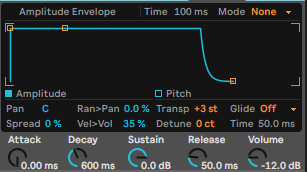
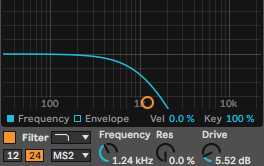


Sample Extraction: Begin by locating the ORCH5 sample in the "Infernal Dance" section of Stravinsky's "The Firebird," which appears around the 10-second mark. Use a high-quality audio editing software to precisely isolate this segment.
Fade and Consolidation: Once you've isolated the sample, apply a short fade at the beginning and end to eliminate any abrupt starts or stops. This will ensure that the sample sounds smooth when played back. After applying the fades, consolidate the sample to create a single, standalone audio file.
Loading the Sample: Now, it's time to load the sample into your sampler. For this walkthrough, we'll be using Ableton's Simpler. Simply drag and drop the consolidated sample into a new instance of Simpler.
Tuning the Sample: After loading the sample into Simpler, you'll want to tune it to match the key of your track. Use Simpler's 'Transposition' and 'Detune' controls to adjust the pitch of the sample as needed.
Filtering: The raw ORCH5 sample has a very bright, full-frequency sound. You can use Simpler's built-in filter to control the tone of the sample, removing unwanted high or low frequencies and shaping the sound to fit your mix.
Advanced Techniques: If you're looking for more control over the sound, consider using Ableton's Sampler instead of Simpler. Sampler offers a variety of advanced features, including FM synthesis capabilities in the 'Oscillator' tab, which can be used to add complexity and movement to the sound.
Adding Effects: To give the sample some space and depth, try adding effects like delay and reverb. Ableton's built-in 'Echo' and 'Reverb' devices are excellent choices for this.
Distortion and Saturation: Finally, to add some grit and character to the sound, consider using distortion or saturation. Ableton's 'Overdrive' and 'Saturator' devices can be used to add harmonic richness and warmth to the sample, making it sound more 'analog' and less 'digital'.
Remember, these are just starting points. The beauty of working with samples like ORCH5 is that there's a lot of room for creativity and experimentation. Don't be afraid to try different techniques and see what works best for your music.
The Legacy of the Orchestra Hit: A Sound that Transcends Genres
The orchestra hit is a testament to the power of music technology and its ability to repurpose sounds and transport them into new musical contexts. From Stravinsky's innovative composition to its digitization and use in popular music, the orchestra hit has left an indelible mark on the musical landscape. It has become a sound that is instantly recognizable, and one that continues to be used and reinvented by artists and producers today.
Conclusion
The orchestra hit is more than just a sound. It's a piece of music history that has transcended genres and decades. Its journey from the concert hall to the dance floor is a fascinating example of how technology can transform and democratize music. Whether you're a producer looking to add some dramatic flair to your tracks, or a music enthusiast interested in the evolution of sounds, the orchestra hit offers a fascinating insight into the intersection of music, technology, and culture.











